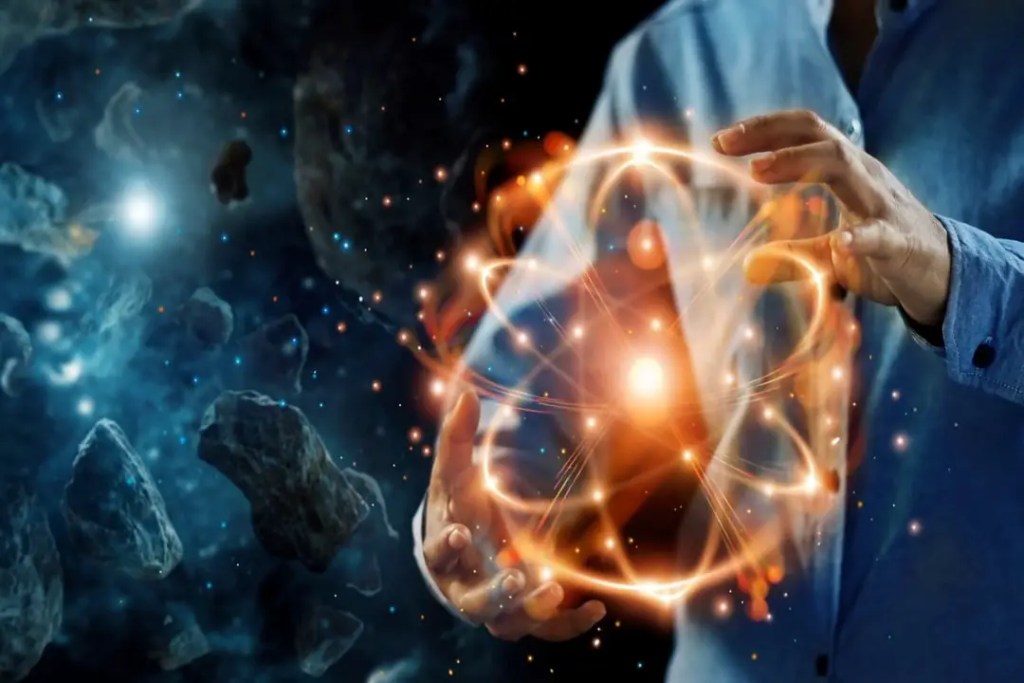The Objective Collapse Theory explains quantum mechanics in a way that is both original and rooted in classical mechanics. In quantum mechanics, particles can exist in multiple states simultaneously. They can teleport between locations or influence each other faster than light.
Strangely, none of this weirdness makes it down to the familiar scale of human beings – even though we’re built from weird quantum stuff.
There are a lot of explanations for this transition, from the mystical influence of the conscious mind to the grandiose proposition of multiple realities.
However, Objective Collapse Theories feel as grounded as the classical world we’re trying to describe.
Wave-Particle Duality
The dualistic wave-particle nature of matter has been confirmed by a bunch of experiments.
Davisson-Germer’s experiment in 1927 confirmed de Broglie’s wave-particle theory.
Tanomura’s double-slit experiment demonstrates the dualistic nature of matter, too (Greenstein and Zajong 1997, 5).
The double-slit experiment was just repeated on a C60 molecule by Olaf Nairz et al. (2002), proving the validity of this dualistic nature at any size.
Max Born argued in 1926 that the wave portion is not a real thing, since you can’t see it.
It’s still possible to find a classical particle in a region designated by the square of the wave function, he said.
Basically, quantum mechanics is about how atoms and particles behave on a microscopic scale. Its many counterintuitive aspects and results have sparked vigorous philosophical debate and a lot of interpretations since its inception.
Neil deGrasse Tyson’s explanation of quantum physics is easy to understand. Quantum Mechanics says there’s no such thing as absolute certainty.
Werner Heisenberg first described this phenomenon in 1927 as the Uncertainty Principle. Heisenberg realized that the act of measuring always disturbs the object measured.
According to Neil deGrasse Tyson, the whole world of computers is built on the principle of Quantum Physics. By studying the wave nature of electrons, we can manipulate the electrical properties of silicon.
Everyday life is governed by technology that is directly related to quantum physics.
Observations of quantum phenomena began more than a century ago, says Neil deGrasse Tyson. But science is still learning about this realm of the universe.
How Does Quantum Theory Explain Reality?
In the early 1900s, quantum physics showed that light is comprised of tiny, indivisible units called photons, or quanta of energy. Performing Young’s experiment with single photons, or even with single particles of matter, such as electrons or neutrons, is truly a marvel. It raises some fundamental questions about the universe. In fact, it has even been argued that consciousness has an influence on the quantum world, allowing our minds a place within the universe’s ontology.
Recommended posts:
